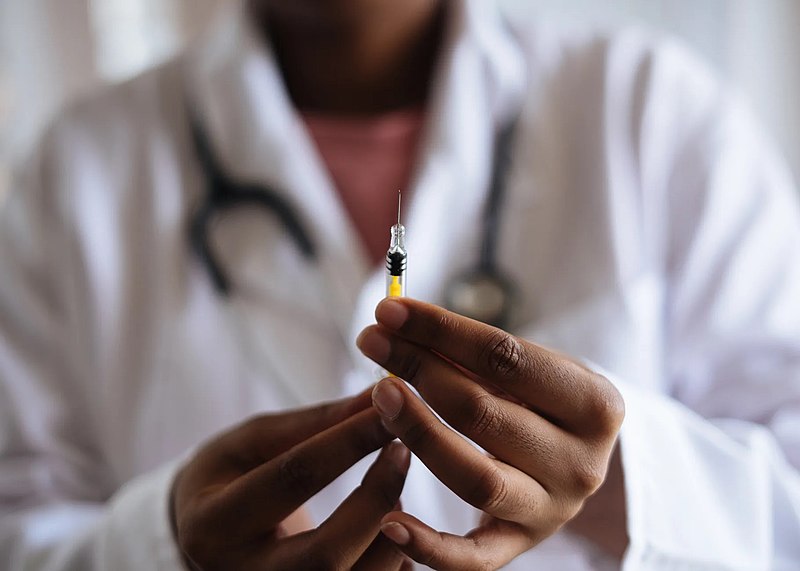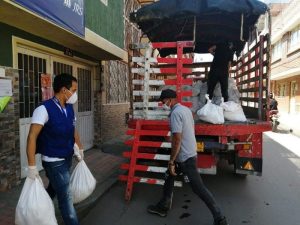A Blueprint for Equitable Vaccine Distribution
Without equal distribution plans that prioritize the world’s poor, vaccines alone will not solve the coronavirus pandemic.
RETHA FERGUSON VIA WIKIMEDIA COMMONS
With trials underway around the world, the distribution and availability of the COVID-19 vaccine will be the key factor in whether it is effective.
September 16, 2020
As the COVID-19 pandemic continues to destabilize political systems and wreak havoc on the global economy, more and more countries are looking to the rapid but efficient development of a vaccine to confront the deadly virus. However, the vaccine distribution method both within and outside of a country’s borders will play a key role in its success.
Several vaccines are already in third-stage trials, including one co-produced by AstraZeneca and Oxford University, one by Pfizer, and one by Moderna. Based on the promising data from early-stage trials, it seems that we can be cautiously optimistic that these vaccines will be safe and effective by the end of 2020, and more vaccines will likely be found in the first half of next year.
Many countries have pre-ordered more than 5 billion vaccine doses combined in the hope that they will be delivered soon after approval in order to immunize their population.. There have been unprecedented investments by nonprofits that focus on global health concerns, such as the Bill and Melinda Gates Foundation, to quickly produce and distribute vaccines worldwide.
First and foremost, any COVID-19 vaccine should be free and available to the public, regardless of ability to pay, insurance status or immigration status. Vaccination plans should also prioritize medically vulnerable people and those who have historically been marginalized in health care.
These factors are particularly significant since the COVID-19 pandemic has disproportionately affected minority communities, such as Black and Hispanic/Latinx communities in the United States. This can largely be tied to the extent of systemic racism in the U.S. today, as racial and ethnic minorities are less likely to be insured and have equitable access to health care.
Lower-income individuals are also more likely to serve as essential workers than those with the privilege of living in higher-income areas, which gives them a heightened risk of being exposed to the virus in day-to-day work.
First and foremost, any COVID-19 vaccine should be free and available to the public, regardless of ability to pay, insurance status or immigration status.
Even though these groups of people are among the most at risk, they may not be able to afford a potentially costly vaccine.
Additionally, countries that are wealthier have a moral and political obligation to help provide and/or pay for vaccine doses for countries that cannot afford or are otherwise unable to acquire them.
The COVID-19 pandemic is truly global in scope, affecting nearly every country. Just as the pandemic has exposed disturbing and deep-seated stratification between wealthier and poorer communities within a country, it has also exposed such concerns between wealthier and poorer countries. The virus has ravaged highly populated and dense swaths of poorer countries that tend to have inadequate access to health care and coronavirus testing.
It will take a truly global effort to end the pandemic, and not all countries will be able to participate as fully as others in such an effort. After all, the pandemic has clearly shown the interconnectedness of the world today as well as the ongoing effects of globalization on international events.
By prioritizing equality and social justice based on social ills and vulnerabilities highlighted by the pandemic, we can be hopeful that humanity will eventually begin to chart a better path forward and continue to do so after the novel coronavirus is put in the past.













